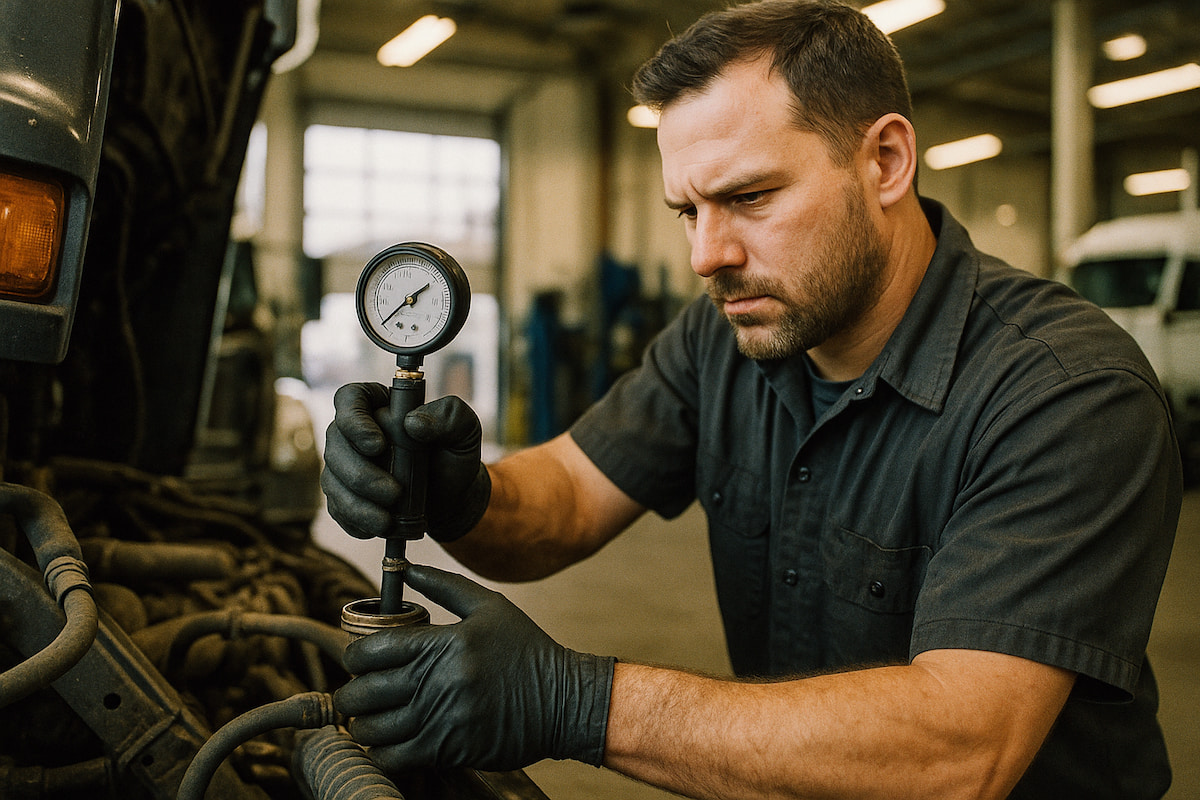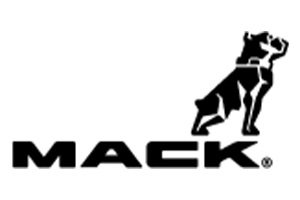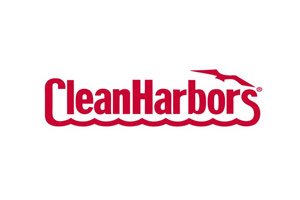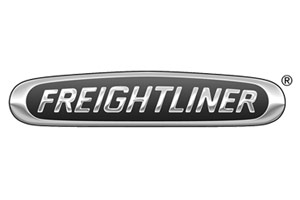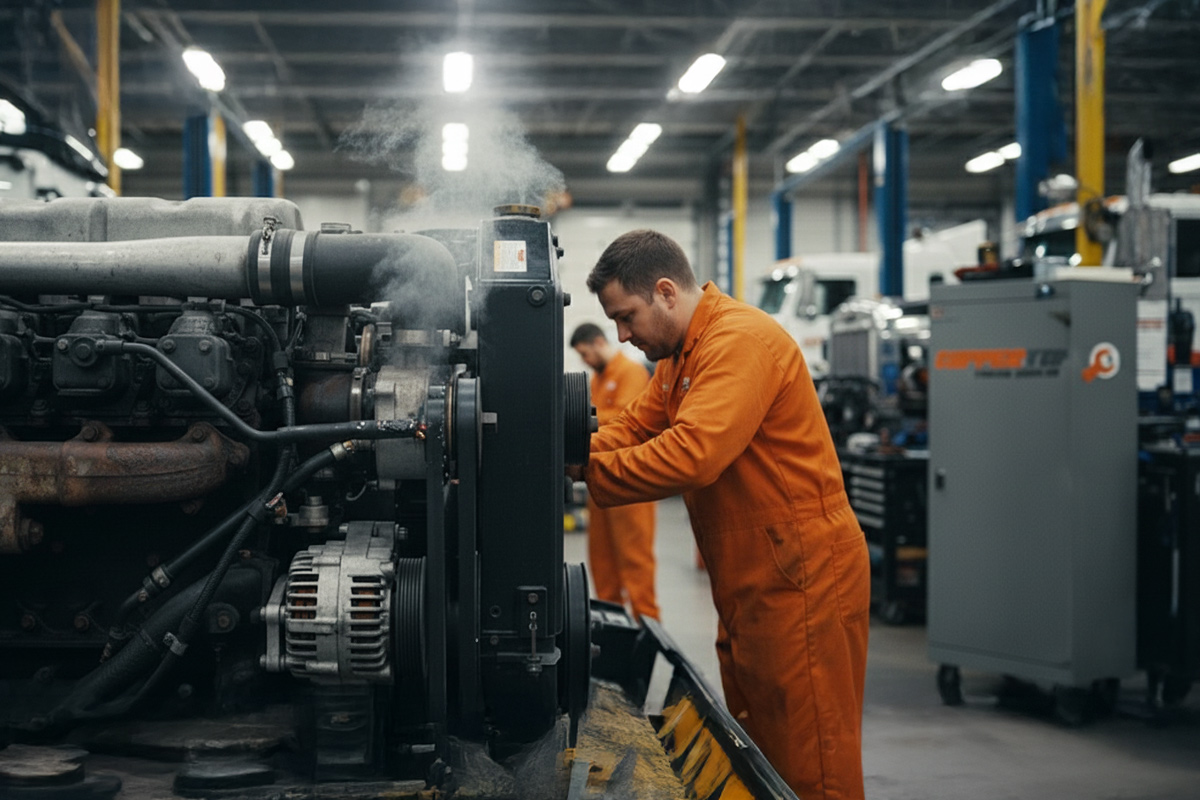
Hey there, fellow road warriors and fleet managers! Let’s talk about something incredibly important that often gets overlooked until it’s too late: your truck’s coolant system. It might seem like a minor thing – just some fluid keeping your engine cool, right? But believe us, at Coppertop Truck Repair, we’ve seen firsthand how a seemingly small coolant leak can escalate into a full-blown engine catastrophe, leaving you stranded, costing you a fortune, and throwing your schedule into chaos.
Think of your engine’s coolant as its lifeblood. It circulates, absorbing heat from vital components like the engine block, cylinder heads, and EGR cooler, then dissipates that heat through the radiator. When this system is compromised, even by a tiny pinhole, your engine is on borrowed time. These aren't just minor drips; some of these leaks are silent killers, hiding in plain sight or deep within your engine, steadily working towards its destruction. The good news? With a bit of knowledge and the right team, like your friends at Coppertop Truck Repair, you can catch these issues before they become nightmares.
In this comprehensive guide, we're going to dive deep into five of the most critical heavy-duty coolant leaks that can silently lead to engine failure. We’ll explain what to look for, why they’re so dangerous, and most importantly, how the experts at Coppertop Truck Repair can diagnose and fix them, keeping your rig running strong and saving you from costly downtime.
Key Takeaways
-
Coolant leaks, even small ones, are a leading cause of catastrophic heavy-duty engine failure.
-
Some of the most dangerous leaks are often hidden, making early detection difficult without professional help.
-
Regular inspections and being aware of subtle symptoms are crucial for preventing major repairs.
-
Coppertop Truck Repair specializes in advanced diagnostics to pinpoint and repair all types of heavy-duty coolant leaks, saving you time and money.
-
Addressing these leaks promptly can prevent far more expensive repairs like engine overhauls or replacements.
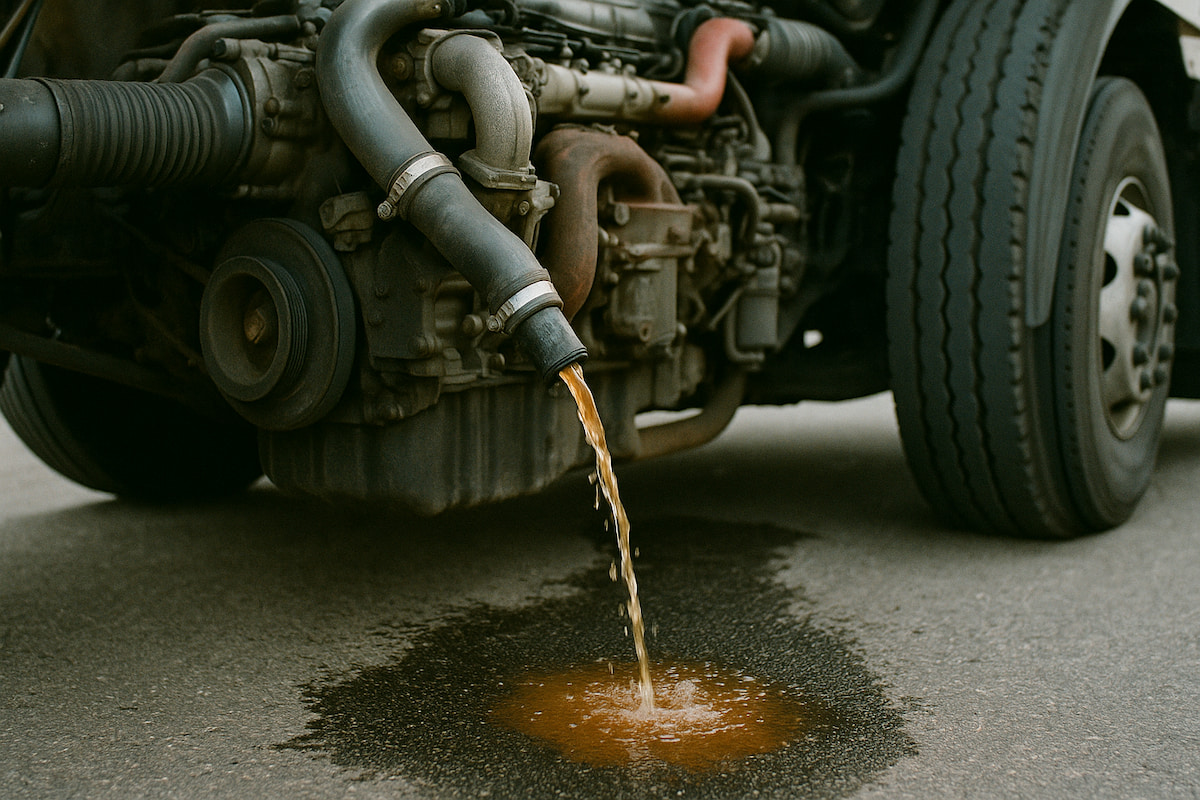
Why Coolant Leaks Are Such a Big Deal for Heavy-Duty Trucks
Before we get into the specifics, let's briefly touch on why these leaks are so problematic. Commercial heavy-duty truck engines are massive, powerful machines designed to work under extreme stress for thousands of hours. They generate an incredible amount of heat. The coolant system is specifically engineered to manage this heat. When coolant escapes, even slowly, several things start to happen:
-
Reduced Heat Transfer: Less coolant means less ability to transfer heat away from critical components.
-
Increased Engine Temperatures: Components start to run hotter than intended, leading to accelerated wear.
-
Pressure Drop: The cooling system is designed to operate under pressure. Leaks reduce this pressure, making the coolant less effective and potentially causing it to boil at lower temperatures.
-
Contamination (Internal Leaks): With internal leaks, coolant can mix with oil or combustion gases, leading to lubrication breakdown or further system damage.
-
Catastrophic Failure: Unchecked, these issues culminate in seized engines, cracked cylinder heads, blown head gaskets, or other major component failures – all of which are incredibly expensive and time-consuming to repair.
This is why at Coppertop Truck Repair, we emphasize proactive maintenance and thorough diagnostics when it comes to any suspected heavy-duty coolant leaks. Ignoring them is simply not an option for reliable operation.
The Five Silent Killers: Critical Heavy-Duty Coolant Leaks
Now, let's explore five specific types of heavy-duty coolant leaks that we frequently encounter and why they pose such a serious threat to your truck.
1. The Elusive EGR Cooler Leak: A Sneaky Engine Destroyer
What it is: The Exhaust Gas Recirculation (EGR) cooler is a vital component in modern diesel engines, designed to reduce harmful nitrogen oxide emissions. It works by cooling a portion of the exhaust gases before recirculating them back into the engine. This cooling process is achieved by running engine coolant through the EGR cooler.
Why it's a "Silent Killer": An EGR cooler leak is insidious because it often doesn't leave a visible puddle on the ground. Instead, the coolant leaks internally, mixing with exhaust gases. This can lead to a few major problems:
-
Burning Coolant: The coolant gets burned in the combustion chamber, leading to white smoke from the exhaust that can be mistaken for other issues.
-
Contamination: Coolant can contaminate the exhaust system, leading to further DPF (Diesel Particulate Filter) and SCR (Selective Catalytic Reduction) system issues.
-
Engine Damage: Over time, the constant presence of coolant can corrode engine components, and the loss of coolant will, of course, lead to overheating. A significant leak can also lead to hydrostatic lock if enough coolant enters a cylinder.
What to Look For:
-
Unexplained Coolant Loss: You’re constantly topping up your coolant reservoir, but there’s no visible leak on the ground.
-
White Smoke from Exhaust: Especially when the engine is cold or under load. It often has a distinct sweet smell.
-
Slime on the EGR Valve: When disassembled, technicians might find a black, slimy residue on the EGR valve or intake manifold, indicating coolant has mixed with soot.
-
Pressurized Coolant System: A ruptured cooler can allow exhaust gas to enter the cooling system, causing the coolant reservoir to become excessively pressurized or even overflow.
-
DPF Issues: Frequent DPF regeneration or DPF-related fault codes can be a symptom, as coolant contamination impacts its function.
At Coppertop Truck Repair, we utilize advanced diagnostic tools and our extensive experience to accurately diagnose internal EGR cooler leaks, preventing them from turning into engine overhauls.
2. The Failing Water Pump Seal: A Slow, Steady Drain
What it is: The water pump is the heart of your cooling system, responsible for circulating coolant throughout the engine. Like any mechanical component, it has seals that can wear out over time, especially under the constant stress and high temperatures of heavy-duty operation.
Why it's a "Silent Killer": A water pump seal leak often starts as a very slow drip, making it hard to spot initially. It might only leak when the engine is running and hot, or the coolant might evaporate before it forms a noticeable puddle. If the leak is internal (some designs allow this), it could even contaminate your oil.
What to Look For:
-
Coolant Stains Below the Water Pump: Often a crusty, dried residue of coolant (which leaves a distinct color: pink, green, blue, or yellow depending on your coolant type).
-
Puddles on the Ground: Eventually, the leak will worsen, leaving visible puddles, especially after the truck has been parked.
-
Grumbling or Whining Noise: A failing water pump bearing (often leading to seal failure) can produce a distinct noise.
-
Overheating Engine: If the leak becomes significant enough to reduce coolant levels, your engine temperature gauge will start to rise.
-
Play in the Pulley: A technician can often check for excessive play in the water pump pulley, indicating a failing bearing and impending seal failure.
Replacing a water pump might seem straightforward, but it requires precision and proper tensioning, especially on heavy-duty engines. The certified technicians at Coppertop Truck Repair ensure your new water pump is installed correctly, preventing future heavy-duty coolant leaks.
3. The Corroded Radiator Core: The System's Weak Link
What it is: The radiator is essentially a large heat exchanger, full of thin fins and tubes through which coolant flows, allowing air to pass over them and dissipate heat. Over time, corrosion, vibrations, road debris, and even electrolysis can cause these thin tubes and fins to develop pinhole leaks.
Why it's a "Silent Killer": Radiator leaks can be particularly sneaky. Small leaks might evaporate quickly due to the radiator's heat, leaving no visible puddle. Corrosion often occurs from the inside out, making the external signs appear suddenly. A small leak can quickly become a large one under system pressure.
What to Look For:
-
Coolant Stains on Radiator Fins: Look for discoloration or crusty residue, especially along the bottom tank or side seams.
-
Lowering Coolant Levels: Your expansion tank constantly needs topping up.
-
Overheating Engine: A significant leak will lead to insufficient cooling.
-
Sweet Smell from Under the Hood: The distinct odor of hot coolant can indicate a leak, even if you can't see it.
-
Damaged Fins: Visible damage from road debris can precede a leak.
At Coppertop Truck Repair, we conduct thorough visual inspections and pressure tests to identify even the smallest leaks in your radiator. We can then discuss repair options, from minor patching (if safe) to full radiator replacement, always prioritizing the long-term health of your heavy-duty engine.
4. The Blown Head Gasket: The Most Feared Internal Leak
What it is: The head gasket is a critical seal located between the engine block and the cylinder head(s). Its job is to seal the combustion chambers, prevent coolant from leaking into the cylinders or outside the engine, and keep oil channels separate.
Why it's a "Silent Killer": A blown head gasket is one of the most serious heavy-duty coolant leaks because it almost always involves internal damage. Depending on where it blows, coolant can leak into the combustion chambers (burning off), into the oil (creating "milkshake" oil), or combustion gases can leak into the coolant system (over-pressurizing it). None of these scenarios are good.
What to Look For:
-
White Smoke from Exhaust: Similar to an EGR cooler leak, but often more persistent and thicker, indicating coolant burning in the cylinders.
-
Sweet Smell from Exhaust: The distinct odor of burning coolant.
-
Milky White Oil: If coolant leaks into the oil, your engine oil on the dipstick will have a milky or frothy appearance. This is catastrophic for engine lubrication.
-
Bubbles in the Coolant Reservoir: Combustion gases leaking into the cooling system will create persistent bubbles in the coolant overflow tank, even when the engine isn't boiling.
-
Rapid Overheating: As coolant is lost or contaminated, the engine will quickly overheat.
-
Loss of Engine Power: The compromised combustion seal will lead to reduced compression and power.
Diagnosing a blown head gasket requires specialized tools like a block tester (for exhaust gases in coolant) and meticulous inspection. This is a major repair, and Coppertop Truck Repair's certified technicians have the expertise to accurately diagnose and skillfully replace head gaskets, restoring your engine’s integrity.
5. The Flexible Hose Deterioration: Simple, Yet Dangerous
What it is: Your heavy-duty truck's cooling system relies on a network of rubber hoses (radiator hoses, heater hoses, bypass hoses) to transport coolant between components. These hoses are flexible to accommodate engine vibration and movement.
Why it's a "Silent Killer": While seemingly simple, hoses can fail in subtle ways. Over time, heat, pressure, and age cause the rubber to degrade. They can become brittle, soft, or even develop tiny pinholes that only leak under specific conditions (e.g., high pressure or temperature). A small pinhole leak can rapidly become a burst hose, leading to immediate, massive coolant loss and rapid overheating.
What to Look For:
-
Hard or Brittle Hoses: Squeeze the hoses when the engine is cold. They should be firm but pliable. If they feel rock-hard or crunchy, they're likely degraded.
-
Soft or Spongy Hoses: Conversely, if they feel mushy or swollen, the internal structure may be failing.
-
Cracks or Fraying: Visible cracks, especially near connections, are clear indicators of deterioration.
-
Bulges: A bulge in a hose indicates a weak spot that could burst under pressure.
-
Coolant Stains/Residue Around Clamps: Even if you don't see a drip, dried coolant around hose clamps is a sign of a slow leak.
-
Unexplained Coolant Loss: As with other leaks, if your coolant level is dropping, but you can't find a puddle, check all hoses meticulously.
Replacing hoses is a preventative measure that can save you from a major breakdown. At Coppertop Truck Repair, we inspect all hoses as part of our comprehensive maintenance checks, identifying potential failures before they leave you stranded on the side of the road with a massive heavy-duty coolant leak.
The Coppertop Difference: Your Defense Against Engine Catastrophe
You might be thinking, "That's a lot to keep track of!" And you're right. Modern heavy-duty trucks are incredibly complex, and diagnosing these "silent killer" leaks often requires more than just a quick look under the hood. This is where the expertise of Coppertop Truck Repair becomes invaluable.
Advanced Diagnostics: No Guesswork, Just Solutions
At Coppertop Truck Repair, we pride ourselves on solving problems "faster with less guesswork." When it comes to heavy-duty coolant leaks, this means:
-
Pressure Testing: We use specialized equipment to pressurize your cooling system to its operating pressure, often revealing leaks that are only evident under stress.
-
Combustion Leak Testing: Tools specifically designed to detect exhaust gases in your coolant system, confirming internal head gasket or EGR cooler issues.
-
Thermal Imaging: In some cases, thermal cameras can help us spot abnormal hot spots that indicate flow restrictions or localized overheating caused by coolant issues.
-
Visual Inspections by Certified Technicians: Our Red Seal Certified Heavy-Duty Technicians have years of experience and know exactly what to look for, from subtle staining to the distinct smell of burning coolant.
-
ECM Diagnostics: Your truck’s engine control module (ECM) stores fault codes that can point to overheating events or sensor malfunctions related to the cooling system. We use cutting-edge diagnostic software to read and interpret these codes accurately.
This comprehensive approach ensures that when you bring your truck to Coppertop Truck Repair, we don’t just guess at the problem; we diagnose it precisely. This saves you valuable time and money by ensuring the repair is done right the first time.
Prevention is Key: Keeping Your Coolant System Healthy
While we're experts at fixing problems, we're even bigger fans of preventing them. Here are some pro tips from Coppertop Truck Repair to keep your heavy-duty coolant system in top shape:
1. Regular Coolant Level Checks
Make it a habit to check your coolant reservoir level regularly (when the engine is cold). A consistently low level, even without a visible leak, is a major warning sign you should never ignore.
2. Schedule Routine Maintenance
Don't skip your scheduled maintenance. This is when our certified technicians at Coppertop Truck Repair perform thorough visual inspections of hoses, clamps, belts, and the radiator, often catching small issues before they become critical heavy-duty coolant leaks.
3. Use the Correct Coolant Type
Not all coolants are created equal. Using the wrong type can lead to corrosion and premature component failure. Always use the specific coolant recommended by your truck's manufacturer. If you're unsure, ask the experts at Coppertop Truck Repair.
4. Monitor Your Temperature Gauge
Pay attention to your engine's temperature gauge. If it starts to climb higher than normal, or you see the "hot" warning light, pull over safely as soon as possible. Continuing to drive an overheating truck is a fast track to engine destruction.
5. Address Symptoms Promptly
If you notice any of the "What to Look For" symptoms we discussed—unexplained coolant loss, white smoke, a sweet smell, or changes in engine performance—don't delay. The sooner you get it inspected by Coppertop Truck Repair, the less likely a small issue will become a massive expense.
Your Trusted Partner for Heavy-Duty Coolant System Integrity
Your heavy-duty truck is a significant investment and your livelihood. Its reliability hinges on every system working flawlessly, especially the cooling system. Ignoring even subtle signs of heavy-duty coolant leaks is like playing Russian roulette with your engine.
At Coppertop Truck Repair, we understand the pressures of the road and the importance of keeping your fleet operational. Our team of Red Seal Certified Heavy-Duty Mechanics combines years of experience with cutting-edge diagnostic technology to provide reliable, efficient, and accurate repairs. We're committed to getting your commercial rig back on the road faster, with less guesswork, ensuring your truck operates safely and efficiently.
Don't Let a Small Leak Become a Big Problem
Don't wait for "The Silent Killer" to claim your engine. If you suspect any kind of heavy-duty coolant leak, or if it's simply time for your routine maintenance check, trust the experts who care.
The next step is simple: Contact Coppertop Truck Repair today to schedule an inspection. Our friendly team is ready to help you keep your truck's cooling system in optimal condition and prevent costly breakdowns.
Call Coppertop Truck Repair now for expert service and peace of mind!

